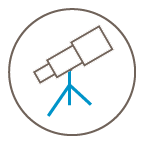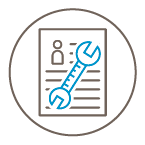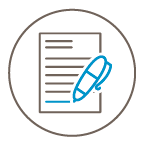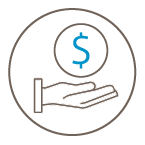Starting Your Career
Building a Resume
Resume FAQs
You’re not the first one to ever question how to build a good resume. Here are some answers that may help.
Q: What should go into a resume?
A: Your resume serves as a guide to your skills and experience. As such, your resume should include:
- A short profile that describes how your qualifications match the job for which you’re applying
- A list of your accomplishments, using active verbs and specific numbers and emphasizing results. Avoid language like “duties included” and “responsibilities included,” which describe the job, not your accomplishments.
- Work history, including relevant internships
- Volunteer work and affiliations with clubs and service organizations
- Educational background
Q: Does my resume have to be one page?
A: It’s best in most cases, but it’s not the most important issue. Focus instead on making sure your resume reflects all the important components (employment history, education, skills, etc.).
Q: Should I have an objective section?
A: For years this was considered a standard part of the resume, but no longer. You can convey the same information in a more targeted way by including a resume profile or summary – that is, a statement matching your qualifications to the job. Similarly, you can leave off “References upon request.” Nowadays that is assumed.
Q: Can I use a Microsoft Word resume template and fill it out with my information?
A: Using a template can save you time and effort, but if you use a Word template, your resume will look like ones created by everyone else who used a Word template. Try one of AIE’s sample templates instead.
Q: Do I need to have a variety of resumes for different jobs or fields I might want to go into?
A.: Yes. Start by creating a generic “master” resume, then customize it as you apply for different jobs. The more you can make your skills and experience suit the needs of the job, the more likely you’ll be to get a call from the employer.
Q: Are there any other resume tips and tricks I should know?
A: If you have room on the page, use bullet points to make it easy to read. For example:
- Make sure everything on the resume is true – never lie.
- Don’t use personal pronouns – I, me, my.
- Leave off personal information such as height and birthdate, and don’t include hobbies.
- Provide one phone number and email address, and optionally your personal website and LinkedIn profile, but leave off your street address.
- Proofread your resume carefully every time you change it.









